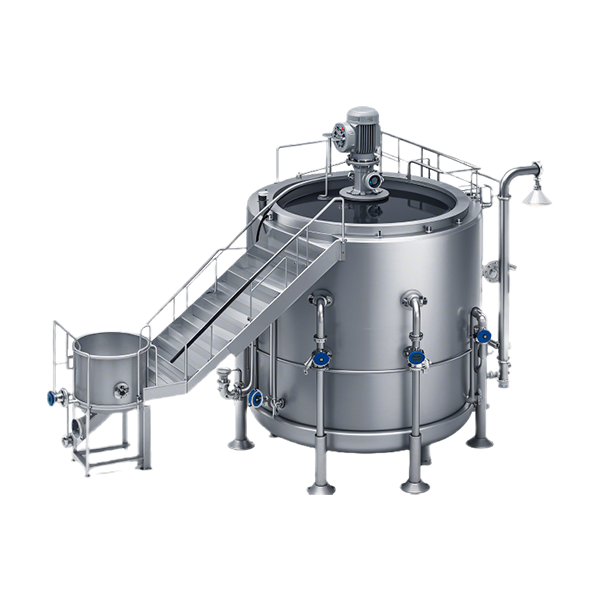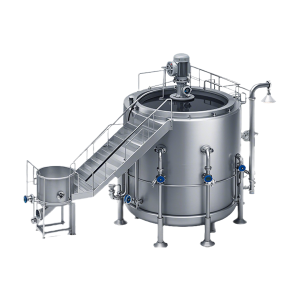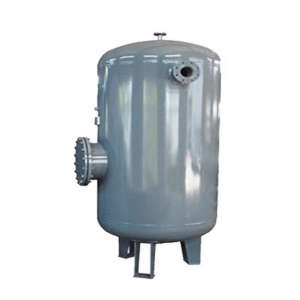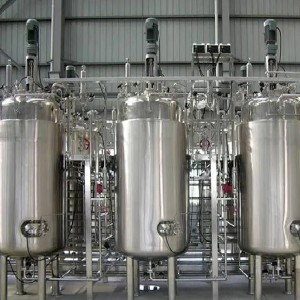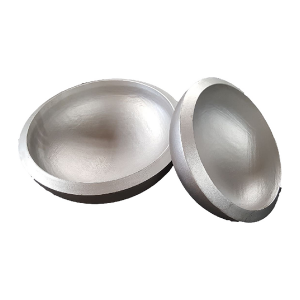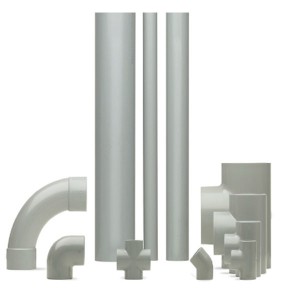Sludge Thickening Tank
The sludge thickening tank consists of a carbon steel/concrete tank body (diameter 5-50m), central drive unit (motor + reducer), sludge scraping truss (liftable), sludge rake (logarithmic spiral curve design), feed well, and supernatant overflow weir, equipped with a sludge concentration meter (adjustable 0.5-10%) and torque monitoring (overload protection ≤120%). Featuring a solid loading of 50-200kg/(㎡・d), hydraulic retention time 8-24h, underflow concentration ≥3%, and supernatant suspended solids ≤100mg/L, it uses the combined principle of gravity sedimentation and mechanical extrusion. Sludge is uniformly distributed into the tank via the feed well, achieving 泥水 separation with the aid of flocculants. The scraping truss rotates slowly at 0.5-2r/h to push the thickened sludge to the central discharge pipe, while the supernatant is discharged through the peripheral overflow weir. Widely used in municipal wastewater treatment plants for excess sludge thickening, mining tailings dewatering, steel mill rolling sludge treatment, and paper black liquor recovery, it adapts to continuous sludge volume reduction scenarios with a treatment scale of 50-5,000m³/d.

